It’s 10am on Armistice day when I arrive at the St Pancras church, and something very weird indeed is going on. All around, people are busy moving jungle plants down the steps into the crypt. I take the first chance I can get to scuttle down after them, and find a work in progress unlike anything I’ve ever seen before.
Chickens are everywhere. Not live chickens, granted, but pretty much every other sort. And there are more of those than you might dare to imagine. There are portraits of chickens resting against a group of headstones. There are huge photographs of them hanging from the walls. In one corner, display racks hold up taxidermies of ex-chickens. There’s even a golden cast of one of the beasts. You half expect to find a clutch of eggs in one of the alcoves – so it’s not surprising when you do.
The man behind this display stands at the entrance, overseeing the installation of the ‘jungle’. This is Koen Vanmechelen, a self-taught artist possessed of shameless ambition, noble ideals and a very on-trend door brush moustache. You may never have heard of him, (I hadn’t) but in his native Belgium and elsewhere, he commands something close to stardom. Vanmechelen’s work is all about diversity and adaptation – as he once put it: ‘my philosophy (is) that all is hybrid, the future cannot escape hybridity’.
The obvious question when I meet the artist for a coffee later, is: why chickens? ‘I discovered the chicken was the most domesticated animal of all,’ he says, ‘there are at any moment 65 billion chickens – that’s six or seven chickens per human’. Blimey. But how did that lead him to the project that has, more or less, become his life’s work? ‘The chicken is something we rebuilt as a high-tech machine – and if you get over a certain level of this, that’s where the trouble starts’.
The ancestor of the modern chicken was the Jungle Fowl, which explains the tropical foliage blocking the entrance to the crypt. Poultry as we know it, then, is a product of human intervention. ‘Through the chicken, you see the migration of human beings – it’s a very easy animal to transport. And every country has now its own chicken as a symbol’.
Hence Vanmechelen’s Cosmopolitan Chicken Project – a plan to cross-breed ‘national’ chickens repeatedly. He began by mixing a French poulet de Bresse with a Belgian Mechelse koekoek, then mating the progeny with an English redcap, then the result of that with an American Jersey giant. And so on. This hybrid project is now on its 18th generation, a mix of Vanmechelen’s cosmopolitan chicken with an Austrian Sulmtaler. ‘Once in a while,’ Vanmechelen clarifies, ‘we need this cross-breeding’.
The taxidermies I saw are the various incarnations of the CCP – it’s how I imagine an early 20th Century zoologist might have demonstrated genetic theory to his students. And in a roundabout way, this is precisely what Vanmechelen is doing – showing us that diversity and intermarriage are how species develop, and warning us of the consequences of not doing so. Does he see himself as following in the Enlightenment tradition of art, philosophy and science being in constant dialogue? Sort of.
As the St Pancras show’s title indicates, he is taking a direct lead from Darwin, Vanmechelen’s collaborator and curator Jill Silverman van Coenegrachts tells me: ‘he was the post-Enlightenment figure who took that way of thinking to another level…he was working from an intuitive base, looking for a discovery that wouldn’t present itself. If you’re working on those edges, it’s the investigation and the intuition [that] is the process – it’s not an object in itself’.
Vanmechelen also runs something called the ‘Open University of Diversity’, a sort of studio-cum-debating centre based in an old industrial building in Hasselt, Belgium. I wonder whether he feels limited by being designated an ‘artist’. His reaction is blunt: ‘I don’t care’. Go on… ‘It is what it is… art is a symptom, but I’m not a victim of the symptom. It’s part of my thinking’. So art is just a vehicle for articulating his Weltanschauung? ‘The most important thing is that we don’t know what is art – and that we talk about it.’
It’s hard not to be a little wary when you meet someone who claims to work to a personal ‘philosophy’. I admit that I was sceptical about our encounter – there is a messianic streak to what Vanmechelen says. But in the event, it’s hard not to be won over by his manic enthusiasm and evident good nature. Cynics may scoff, but in his own idiosyncratic way, he’s aiming for the big stuff. And if his achievements to date are anything to go on, he’s making a pretty decent fist of it. When the show opens, I can’t yet be sure what to expect – but however it turns out, it’s going to be too bonkers to miss.
‘Koen Vanmechelen: Darwin’s Dream’ is at The Crypt Gallery, St Pancras Church, London, from 15 November–14 December.
Unlimited access from just $16 every 3 months
Subscribe to get unlimited and exclusive access to the top art stories, interviews and exhibition reviews.

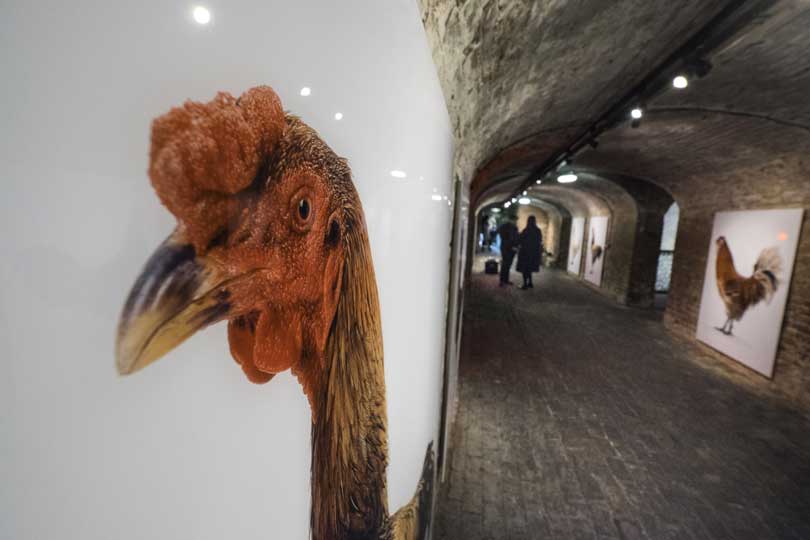
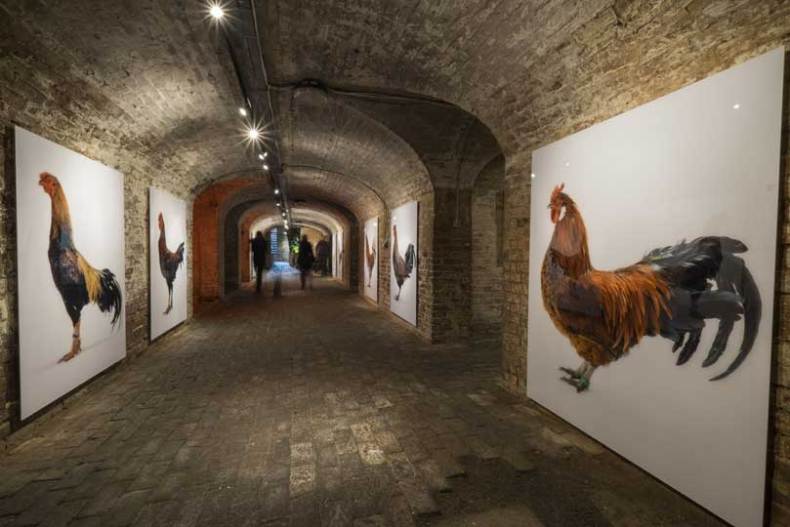
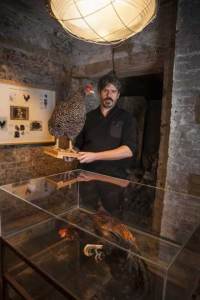
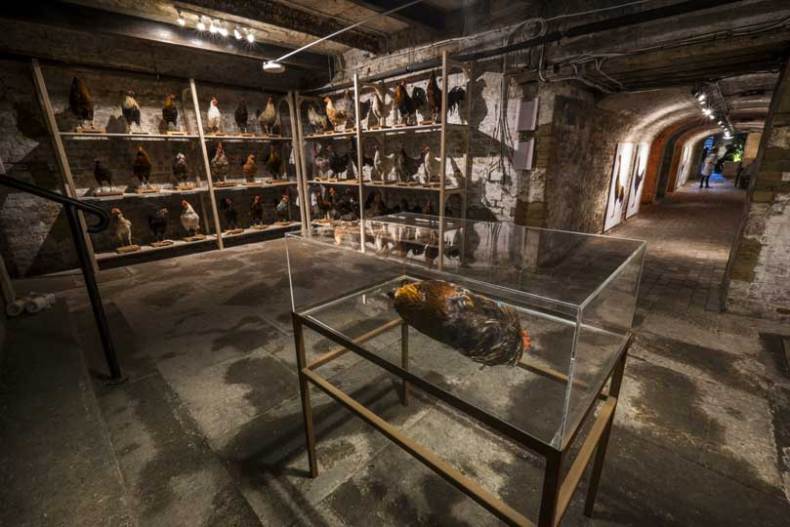
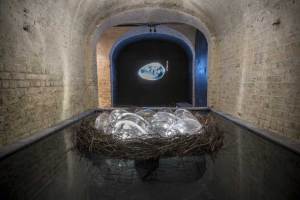
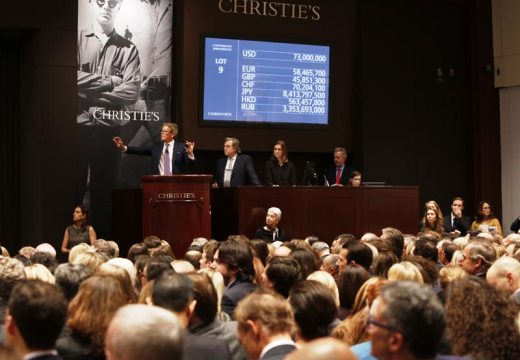
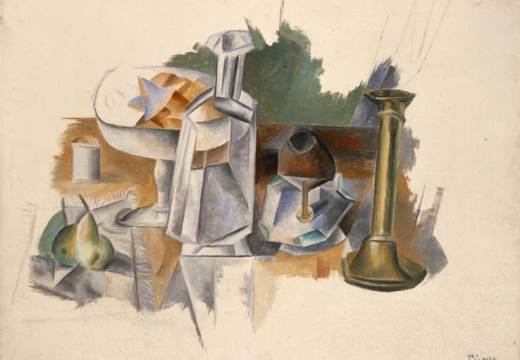
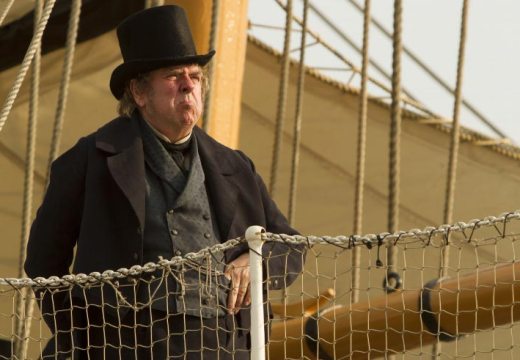









![Masterpiece [Re]discovery 2022. Photo: Ben Fisher Photography, courtesy of Masterpiece London](http://www.apollo-magazine.com/wp-content/uploads/2022/07/MPL2022_4263.jpg)
It’s time for the government of London to return to its rightful home